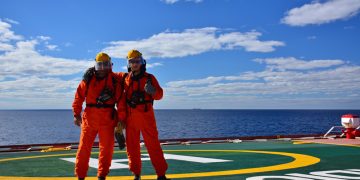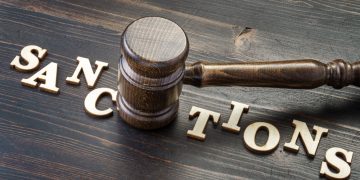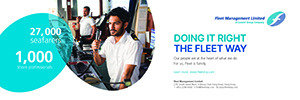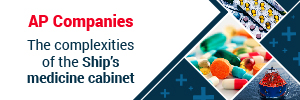Wartsila scrubber systems to be installed on two Dutch RoRo carriers
Royal Wagenborg, the Dutch ship owner and operator, has ordered Wärtsilä scrubber systems to clean the exhaust emissions from two of its RoRo carriers, the ‘Balticborg’ and ‘Bothniaborg’. These will be Wärtsilä’s first deliveries of its scrubber systems to Royal Wagenborg. The contract was signed in March. “We have enjoyed a successful business relationship with Wärtsilä for many years and have selected Wärtsilä solutions for many vessels in our fleet. This relationship was one of the reasons that we decided that Wärtsilä would be the supplier for these scrubber systems,” according to Egbert Vuursteen, CEO of Royal Wagenborg. By installing Wärtsilä scrubber systems, the vessels will comply with the regulations covering emissions of sulphur oxides (SOx) while using conventional residual marine fuel (HFO). The Balticborg and Bothniaborg are employed on a long term freight contract with Smurfit Kappa for the weekly shipment of paper products between Haraholmen, Bremen, Sheerness and Terneuzen. These operating routes fall within the Baltic and North Seas’ Sulphur Emission Control Areas (SECA). The retrofitting of these systems will take place in the autumn of this year. The systems chosen for these vessels are Wärtsilä Hybrid Scrubbers, which enable the use of either closed or open ...
Read more























































